The Mystery of Petra "THE LOST CITY OF STONE"!!!

It's majestic facade hidden behind huge rocks, approachable only by a small opening, this city built thousands of years back in the desert of Jordan still holds all the magic and mystery that its builders left behind.
How did they do it?
Why did they carve such beautiful structures into the side of the towering rocks?
And I wondered even more: since sandstone is so delicate, why is the evidence still here a full two thousand years later?
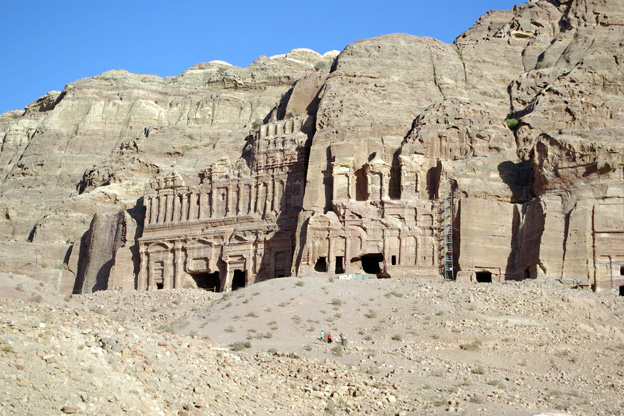
It probably all began with water — a necessary ingredient especially in the desert. With just six inches of rainfall in the year, the builders of this strange city managed to utilise the water with expertly designed engineering conduits that supplied water to 20,000 people and furthermore was capable of supplying water to any modern city of hundred thousand people today.
Water was collected in pools, cisterns and waterways, distributing water to the entire city. How did this nomadic tribe that built this city, which was the wealthiest cities of its time, accomplish such a difficult task? Archaeologists can only unravel the past of this city of stone with yet more study.
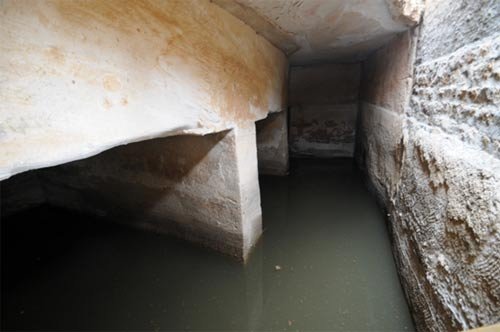
The word "Petra" means ‘rock’ in Greek and also comes from the Arab word ‘al-batra’
The ancient name for Petra was "Rekiem" which also appears in the Dead Sea Scrolls.
Petra was first discovered in 1812 by a Swiss geographer Johannes L. Burckhardt, yet mystery about the origins of these Nabatean people remains. Before they came in the area it was inhabited by the Edomites (6000BCE) but it was the Nabatean people who carved this rose coloured city.
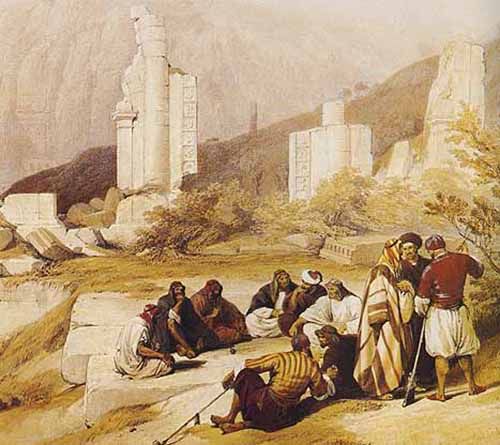
These nomads, arriving from southern Arabia, were just like the gypsy traders roaming the rest of the world. So how did they manage to build such a magnificent city cut out of solid rock? Moreover, how could they have become such excellent town planners, engineers and expert stonemasons? Carving niches and doorways into solid rock faces, resulting into fascinating sculptures and great examples in architecture from tent dwellers?
The answer is not forthcoming.
The reason for that is that these mysterious people have left no written records of their times, which is a really strange thing according to researchers as most of the advanced ancient civilisations have left some sort of written evidence of their culture like the Sumerian stone tablets, the Egyptian hieroglyph, etc. But no such thing has been left by the Nabateans.
Even more puzzling is the fact that these people were capable of writing, according to anthropologists and archaeologists, as ascertained by the many graffiti and carvings on the walls. So why not leave any written evidence of one’s glory or some record regarding one’s origins for the future?

Another puzzle to the whole scenario is the most magnificent structure that greets as soon as one comes out of the small entrance through the rock crevice. It is ‘The Treasury’ (so-called) because no other use could be found for it. It has no tombs, no evidence that any carriage ever passed through it or that any kind of records were kept here. If they were, none have been found.
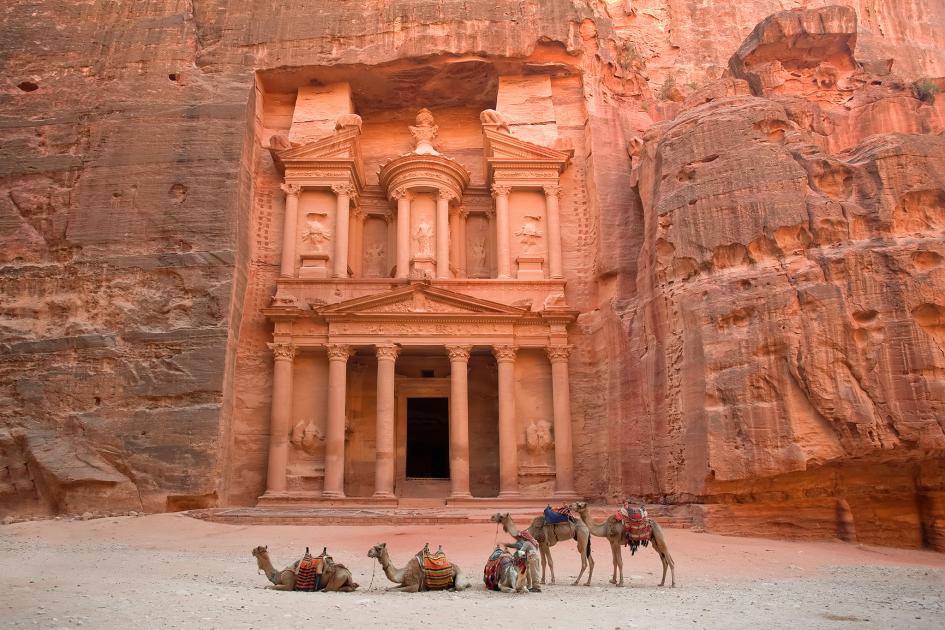
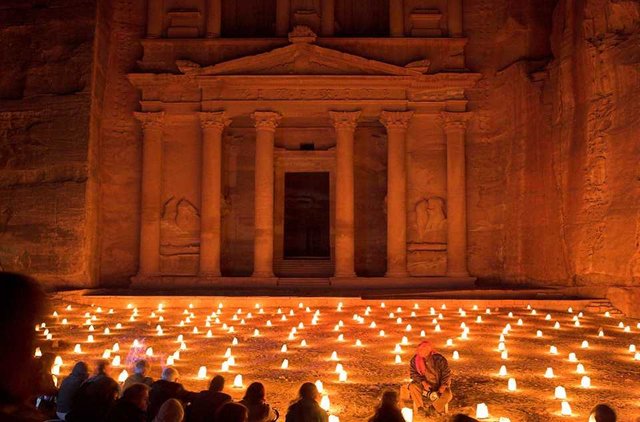
The nabataean empire was also rocked by several earthquakes, which led to the empire’s decline. And then they suddenly disappeared into the unknown pages of history where they came from, leaving behind all this painstaking work!
So why was this intricately designed piece of architecture made?
It is a question still waiting to be answered.